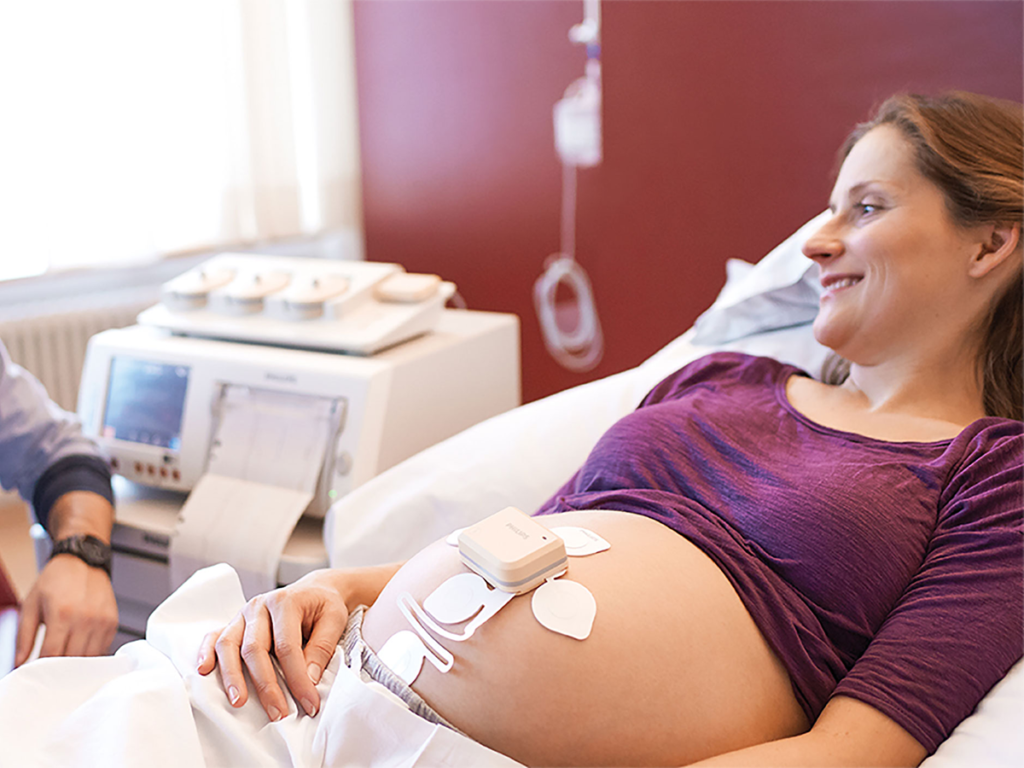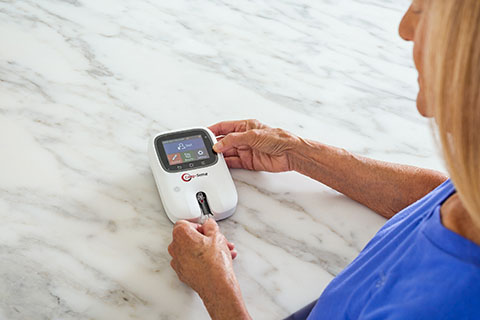Pregnancy introduces a hypercoagulable state, increasing the risk of thromboembolic events. For women requiring anticoagulation, maintaining therapeutic levels while minimizing risks to both mother and fetus is paramount.
This article delves into the intricacies of pregnancy anticoagulation monitoring INR, highlighting best practices and considerations.
Understanding Anticoagulation in Pregnancy
During pregnancy, physiological changes elevate the risk of venous thromboembolism (VTE). Conditions such as mechanical heart valves, atrial fibrillation, or a history of thromboembolism necessitate anticoagulation therapy. However, the choice of anticoagulant and monitoring strategy must account for both maternal and fetal safety.
Anticoagulant Options and Their Implications
- Warfarin Use in Pregnancy
Warfarin, a vitamin K antagonist, effectively prevents thromboembolic events but poses significant risks during pregnancy. It crosses the placenta and can lead to fetal warfarin syndrome, characterized by nasal hypoplasia and stippled epiphyses, especially when exposure occurs between the 6th and 12th weeks of gestation. Due to these teratogenic effects, warfarin is generally avoided during the first trimester
- Safe Anticoagulants for Pregnancy
Low-molecular-weight heparin (LMWH) is the preferred anticoagulant during pregnancy. It does not cross the placenta, reducing fetal risk, and has a favorable safety profile. LMWH requires subcutaneous administration and, unlike warfarin, does not necessitate routine INR monitoring. However, anti-Xa levels may be monitored to ensure therapeutic dosing.
- INR Monitoring During Pregnancy
For patients who continue warfarin therapy, particularly in the second and third trimesters, regular INR monitoring is crucial. The target INR range typically lies between 2.0 and 3.0, depending on the underlying condition. Frequent monitoring ensures therapeutic levels are maintained, minimizing the risk of both thrombosis and hemorrhage.
Strategies for Safe Anticoagulation Management
- Preconception Counseling
Women of childbearing age on anticoagulation therapy should receive preconception counseling. Transitioning from warfarin to LMWH before conception can mitigate fetal risks.
- First Trimester Considerations
Given the teratogenicity of warfarin, LMWH is recommended during the first trimester. Monitoring anti-Xa levels can guide dosing and ensure efficacy.
- Second and Third Trimesters
In certain high-risk cases, such as mechanical heart valves, warfarin may be reintroduced after the first trimester. Close INR monitoring is essential during this period to balance maternal benefits against potential fetal risks
- Peripartum Management
As delivery approaches, transitioning back to LMWH or unfractionated heparin is advisable due to their shorter half-lives and reversibility. This strategy reduces bleeding risks during labor and allows for timely administration of regional anesthesia if needed.
Monitoring Protocols and Best Practices
- Regular INR Checks: For patients on warfarin, INR should be monitored at least weekly, adjusting the dose as necessary to maintain therapeutic levels.
- Anti-Xa Monitoring: For those on LMWH, periodic anti-Xa level assessments can ensure effective anticoagulation, especially in patients with renal impairment or obesity.
- Multidisciplinary Approach: Collaboration among obstetricians, hematologists, and cardiologists is vital for individualized care plans.
Potential Complications and Their Management
- Bleeding Risks
Both warfarin and heparin therapies carry bleeding risks. Regular monitoring and dose adjustments are essential to mitigate these risks. In cases of significant bleeding, reversal agents like vitamin K for warfarin or protamine sulfate for heparin can be administered.
- Thromboembolic Events
Subtherapeutic anticoagulation increases the risk of thromboembolic events. Prompt identification through clinical signs and laboratory tests, followed by appropriate therapeutic adjustments, is crucial.
YOU MAY GO THROUGH OUR OTHER BLOGS TOO:
HOW CERTAIN MEDICATIONS & SUPPLEMENTS CAN INTERACT WITH WARFARIN
THE ROLE OF PHARMACOGENETICS IN WARFARIN DOSING & INR STABILITY
HOW DEHYDRATION OR ILLNESS CAN IMPACT YOUR INR LEVELS
LIVER DISEASE & BLOOD CLOTTING: WHY INR TESTING IS ESSENTIAL FOR LIVER PATIENTS
SUMMARY
Managing anticoagulation during pregnancy requires a delicate balance between preventing maternal thromboembolism and ensuring fetal safety. Through careful selection of anticoagulants, diligent monitoring of INR and anti-Xa levels, and a collaborative healthcare approach, optimal outcomes for both mother and child can be achieved.
For expectant mothers on long-term warfarin therapy, incorporating Patient Self-Testing PT/INR Monitors can significantly enhance safety and convenience. These at-home monitoring devices empower patients to track INR levels in real time, reduce hospital visits, and enable faster adjustments in therapy — all under the guidance of their healthcare provider. Embrace proactive care during pregnancy with the support of patient self-testing solutions designed for peace of mind and improved maternal health.




